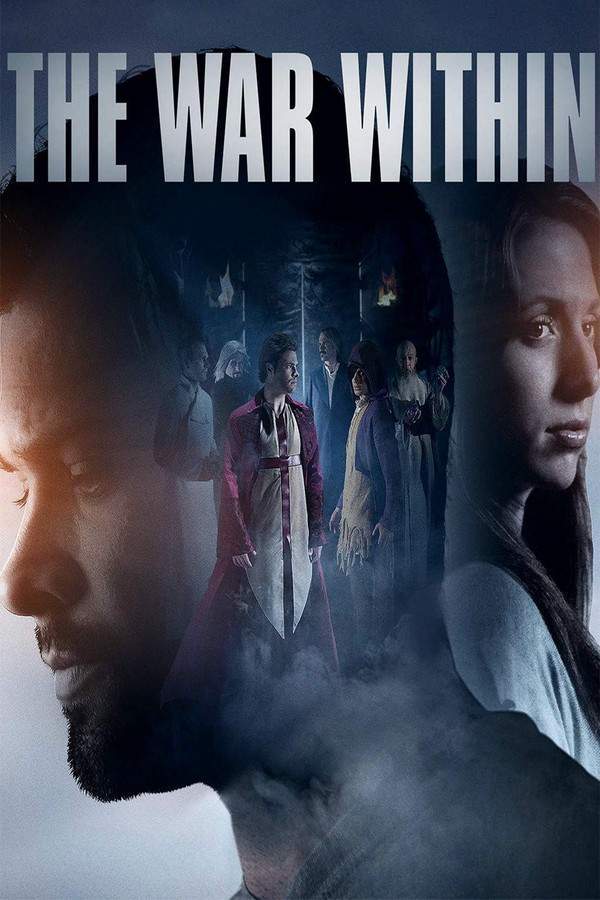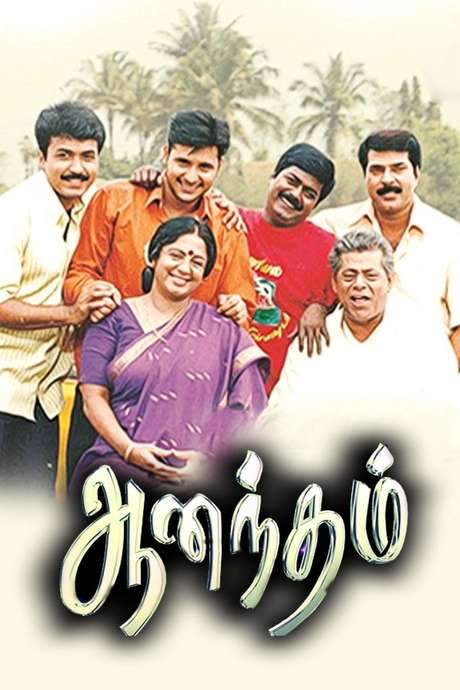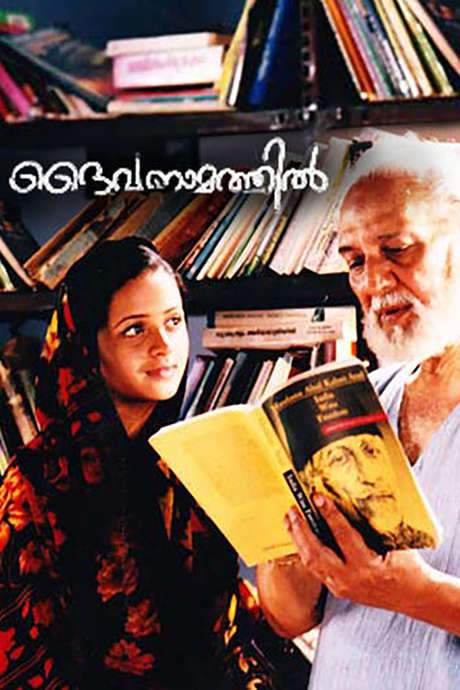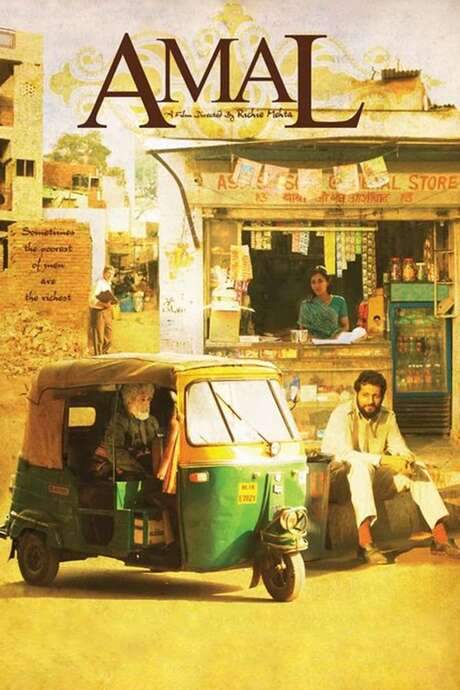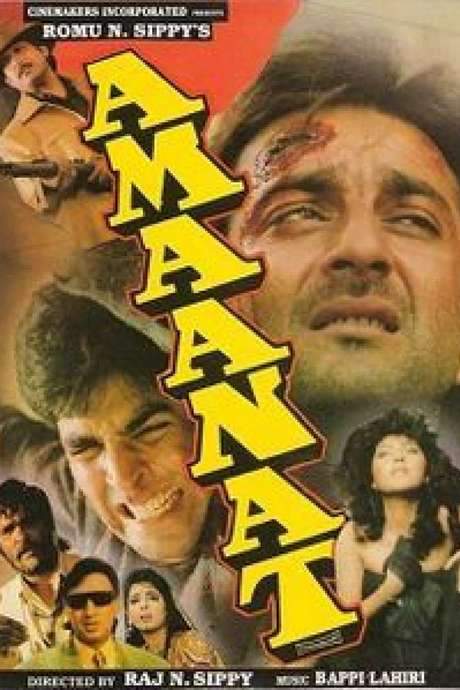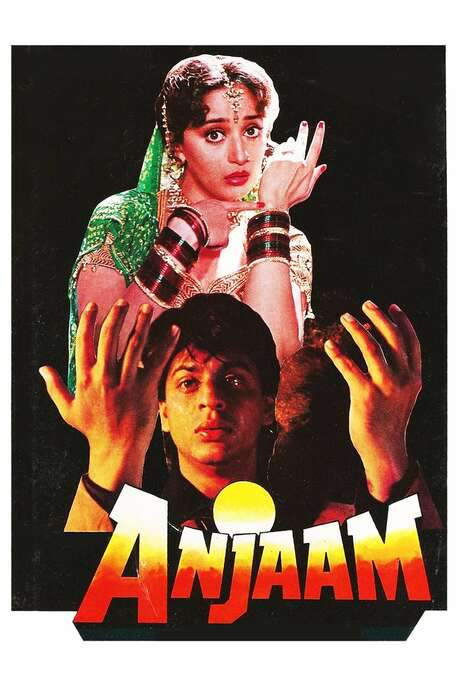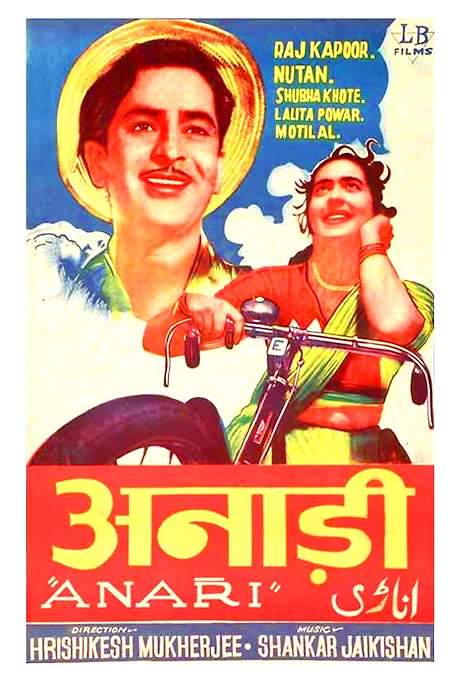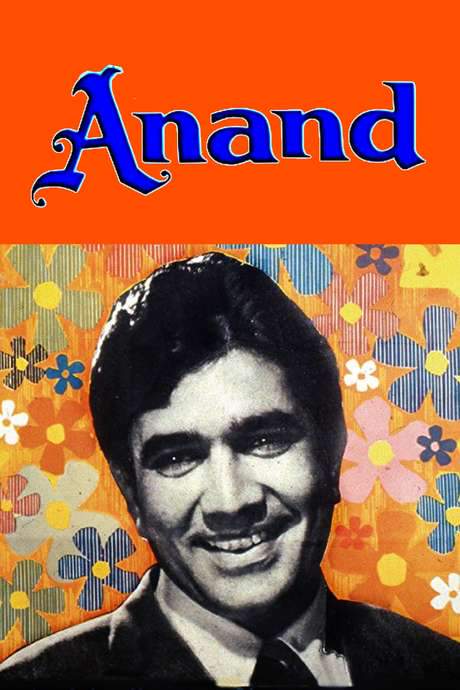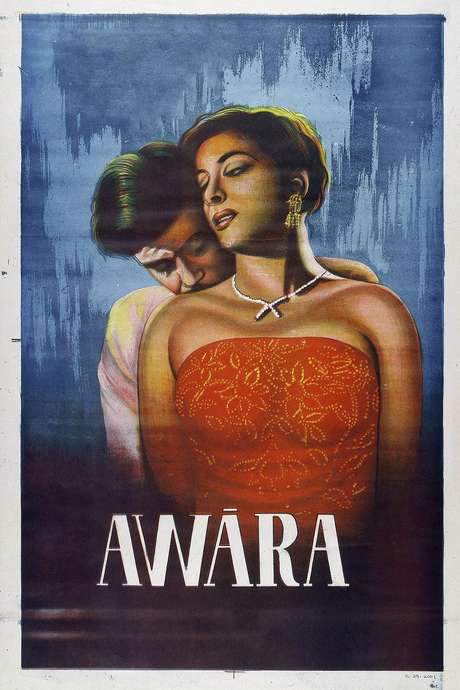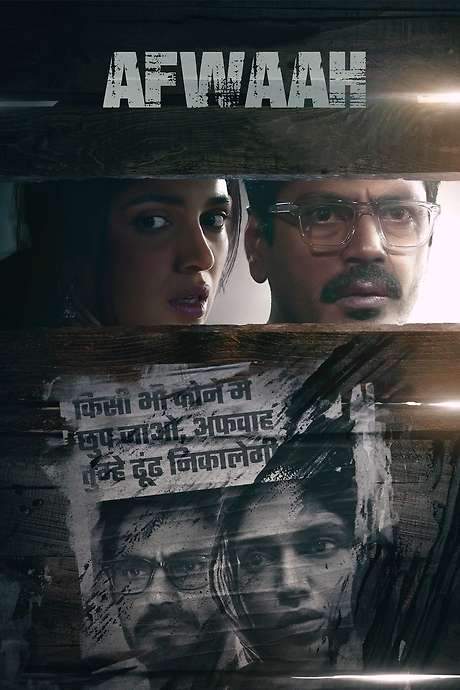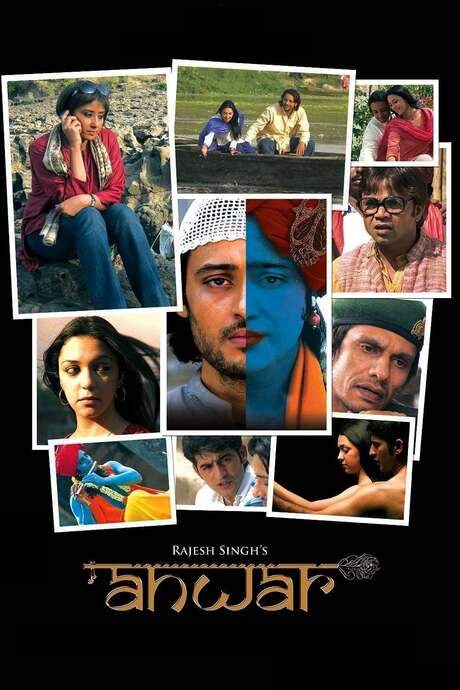
Anwar
Year: 2007
Runtime: 144 mins
Language: Hindi
Director: Manish Jha
Anwar follows a young artist who leaves his home to escape a world he no longer recognises. Seeking only a love story, he is abandoned by his mentor, betrayed by his best friend and true love. Devastated, he takes refuge in an old building, only to wake up mistaken for a terrorist. He is thrust into chaotic circumstances that reflect the modern Indian condition and the broader human experience in today’s global village.
Warning: spoilers below!
Haven’t seen Anwar yet? This summary contains major spoilers. Bookmark the page, watch the movie, and come back for the full breakdown. If you're ready, scroll on and relive the story!
Anwar (2007) – Full Plot Summary & Ending Explained
Read the complete plot breakdown of Anwar (2007), including all key story events, major twists, and the ending explained in detail. Discover what really happened—and what it all means.
Anwar, Siddharth Koirala, grows up in a modest, close-knit Muslim family in Lucknow, living with his mother and sister Suraiya. He quietly pursues his passion for history, specifically researching ancient Hindu temples, while the family’s small rental home also hosts a poor widow and her daughter Mehru, Nauheed Cyrusi, with whom Anwar forms a tender bond. The story begins in a world where daily life carries the weight of tradition, poverty, and a sense of longing for something beyond the familiar.
Anwar’s connection with Mehru blossoms into something deeper as he becomes convinced of her love, yet Mehru’s dreams pull her toward America. She longs to escape the dust, the heat, and the relentless hardships of poverty in their country, and she begins to look outward, toward a different life. Mehru’s horizons widen when she expresses interest in Udit, Hiten Tejwani—an engineer who has his own plan to settle in the United States. Udit’s arrival into Mehru’s life introduces a crucial choice that will test loyalties, faith, and the future they both imagine.
The relationships become entangled as Mehru starts a relationship with Udit, a development that is barely concealed from Anwar and eventually comes into the open. Anwar cautions Udit about the chasm between their religious backgrounds and the potential consequences if Mehru’s strict, traditional family discovers the affair. He warns that such a revelation could derail Mehru’s chances of happiness and place both women and men in precarious danger. Yet Udit presses forward, seemingly ignoring the risk.
On a tense terrace meeting, Anwar finally confesses his own feelings and pleads with Mehru not to leave him. Mehru, however, reveals that she never loved Anwar in the way he loves her. She decides to run away with Udit, leaving Anwar stunned and heartbroken. In a moment of urgent truth, Anwar tells Mehru’s mother and the family that Mehru has fled with a Hindu man, catalyzing a cascade of tragedy. Mehru’s uncle, aided by two others, tracks them down, and a violent confrontation ensues: Udit is shot, Mehru is wounded, and she is brought back to her family in a fragile state.
The sorrowful aftermath deepens Anwar’s guilt, and he retreats to a place of solitude, taking shelter in an ancient Hindu temple in Dholpur. There he carries a bag filled with his drawings of mandirs and notes on Krishna, Mirabai, and Mehru—a personal archive of love, faith, and loss. The bag eventually falls into the hands of the police, who misinterpret its contents and conclude that Anwar is a terrorist planning to detonate bombs in sacred Hindu temples. The temple becomes a charged stage for a political and media spectacle, surrounded by police, opportunistic politicians eager to win Hindu votes, and a large, curious crowd drawn to the drama.
The narrative unfolds against a post-9/11 backdrop, with cultural signals of the era—Valentine’s Day glitz, headlines about Osama bin Laden, shifting conceptions of the American dream—juxtaposed with the pressures of faith, community, and national identity. Amidst this climate, Anwar must confront his options in a world where suspicion can eclipse humanity, and where one man’s love story is entangled with fear, prejudice, and violence.
In a final, devastating moment, Anwar is fatally shot by the police. As he dies, he experiences a visions-filled exchange: he imagines himself as Krishna, with Mehru transformed into Meera, reuniting in a spiritual sense beyond the tragedies that unfolded in the mortal world. The ending lingers on the tension between love and loss, faith and fear, memory and myth, leaving viewers to reflect on how lives intersect and are judged in a society quick to draw conclusions.
Last Updated: October 09, 2025 at 15:07
Unlock the Full Story of Anwar
Don't stop at just watching — explore Anwar in full detail. From the complete plot summary and scene-by-scene timeline to character breakdowns, thematic analysis, and a deep dive into the ending — every page helps you truly understand what Anwar is all about. Plus, discover what's next after the movie.
Anwar Timeline
Track the full timeline of Anwar with every major event arranged chronologically. Perfect for decoding non-linear storytelling, flashbacks, or parallel narratives with a clear scene-by-scene breakdown.

Characters, Settings & Themes in Anwar
Discover the characters, locations, and core themes that shape Anwar. Get insights into symbolic elements, setting significance, and deeper narrative meaning — ideal for thematic analysis and movie breakdowns.

Similar Movies to Anwar
Discover movies like Anwar that share similar genres, themes, and storytelling elements. Whether you’re drawn to the atmosphere, character arcs, or plot structure, these curated recommendations will help you explore more films you’ll love.
Explore More About Movie Anwar
Anwar (2007) Scene-by-Scene Movie Timeline
Anwar (2007) Movie Characters, Themes & Settings
Anwar (2007) Spoiler-Free Summary & Key Flow
Movies Like Anwar – Similar Titles You’ll Enjoy
Daratt (2007) Story Summary & Characters
Amira & Sam (2015) Spoiler-Packed Plot Recap
The War Within (2005) Film Overview & Timeline
Anandham (2001) Plot Summary & Ending Explained
Daivanamathil (2005) Plot Summary & Ending Explained
Awarapan (2007) Movie Recap & Themes
Amal (2007) Spoiler-Packed Plot Recap
Amaanat (1994) Plot Summary & Ending Explained
Anjaam (1994) Full Movie Breakdown
Anuradha (1960) Complete Plot Breakdown
Anari (1959) Detailed Story Recap
Anand (1971) Complete Plot Breakdown
Awaara (1951) Full Summary & Key Details
Afwaah (2023) Film Overview & Timeline
Anwar: The Untold Story (2023) Story Summary & Characters





